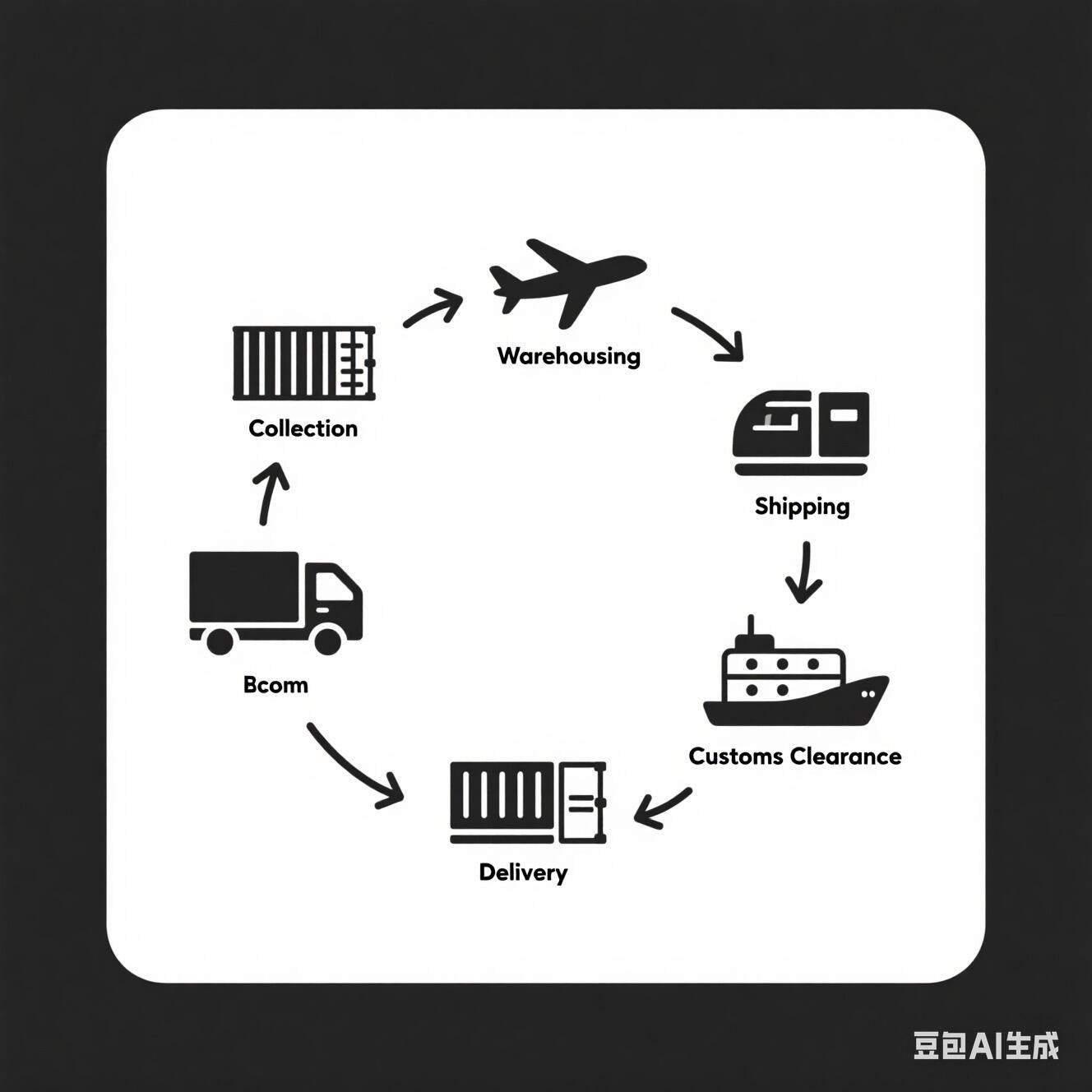Understanding the Evolution of Modern Freight Transportation
The logistics industry has undergone a remarkable transformation with the advent of multimodal transport systems. This innovative approach to moving goods has revolutionized supply chain efficiency by seamlessly integrating different transportation methods into a single journey. Multimodal transport represents a sophisticated solution that combines various modes of transportation – sea, rail, road, and air – under a single contract or bill of lading.
The concept goes beyond simply using multiple forms of transportation; it encompasses a holistic approach to logistics management that optimizes routes, reduces handling times, and streamlines documentation processes. By leveraging the strengths of each transportation mode while minimizing their individual limitations, multimodal transport has become an indispensable tool for modern businesses seeking to enhance their supply chain performance.
The Core Components of Multimodal Transportation Systems
Infrastructure Integration and Network Optimization
At the heart of multimodal transport lies a sophisticated network of interconnected infrastructure. This includes strategically located terminals, advanced container handling facilities, and seamless transfer points that facilitate quick mode changes. The integration of these physical assets creates a fluid network where cargo can move effortlessly between different transportation modes.
Modern multimodal hubs feature automated systems, specialized equipment, and digital tracking capabilities that ensure smooth transitions between transport modes. These facilities are designed to handle standardized shipping containers, making it possible to transfer cargo between ships, trains, and trucks without the need for content reorganization.
Digital Technology and Real-Time Coordination
The efficiency of multimodal transport heavily relies on cutting-edge digital solutions. Advanced tracking systems, Internet of Things (IoT) sensors, and artificial intelligence algorithms work together to optimize routing decisions and predict potential delays. This technological infrastructure enables real-time visibility across the entire transportation network.
Supply chain managers can monitor shipments, adjust routes dynamically, and coordinate multiple stakeholders through integrated digital platforms. This level of transparency and control helps identify and resolve bottlenecks before they impact delivery schedules.
Time-Saving Benefits of Multimodal Transportation
Optimized Route Planning and Mode Selection
One of the primary advantages of multimodal transport is the ability to select the most time-efficient combination of transportation modes for any given journey. This flexibility allows logistics providers to bypass congested routes, avoid weather-related delays, and utilize faster alternatives when available.
For instance, a shipment from Asia to Europe might combine ocean freight with rail transport through the New Silk Road, potentially saving days or even weeks compared to traditional sea-only routes. The ability to switch between modes based on real-time conditions ensures that cargo always moves through the fastest available channels.
Reduced Handling and Transfer Times
Traditional transportation methods often involve multiple handling stages, each presenting an opportunity for delays. Multimodal transport minimizes these inefficiencies through standardized container systems and purpose-built transfer facilities. The use of unified documentation and coordinated handling procedures significantly reduces the time spent at transfer points.
Advanced loading and unloading equipment, combined with automated processing systems, means that cargo can be transferred between different modes of transport in a matter of hours rather than days. This streamlined approach eliminates many of the delays associated with traditional freight handling methods.
Impact on Supply Chain Efficiency
Enhanced Inventory Management
The predictability and reliability of multimodal transport enable businesses to maintain leaner inventory levels. With more accurate delivery times and reduced transit periods, companies can better plan their stock levels and reduce the amount of safety stock needed to buffer against transportation delays.
This improved efficiency in inventory management leads to reduced warehousing costs and better working capital utilization. The ability to track shipments in real-time also allows for more precise planning of production schedules and distribution activities.
Cost-Effective Time Management
While speed is crucial, multimodal transport also focuses on optimizing the cost-time balance. By selecting the most efficient combination of transport modes, businesses can achieve significant time savings without necessarily incurring premium costs associated with expedited shipping options.
The system's flexibility allows for dynamic adjustments based on urgency and cost considerations. This means companies can choose faster routes for time-sensitive shipments while utilizing more economical options for less urgent cargo.
Future Developments in Multimodal Transportation
Technological Advancements
The future of multimodal transport looks promising with emerging technologies set to further reduce transit times. Blockchain technology is being implemented to streamline documentation processes, while artificial intelligence is improving route optimization and predictive maintenance capabilities.
Autonomous vehicles and smart containers are also on the horizon, promising to reduce handling times and improve coordination between different transport modes. These innovations will continue to enhance the efficiency and reliability of multimodal transportation systems.
Sustainable Solutions
As environmental concerns become increasingly important, multimodal transport is evolving to incorporate more sustainable practices. This includes the integration of electric vehicles, renewable energy-powered vessels, and optimization algorithms that consider both time and environmental impact.
These sustainable solutions not only help reduce carbon footprints but also often lead to more efficient operations and shorter transit times through better route planning and reduced congestion.
Frequently Asked Questions
What makes multimodal transport different from intermodal transport?
Multimodal transport involves a single contract for the entire journey using multiple transportation modes, while intermodal transport may involve separate contracts for each mode. This unified approach in multimodal transport leads to better coordination and typically faster transit times.
How does multimodal transport handle customs clearance?
Multimodal transport operators usually manage customs clearance processes across all transit points, using unified documentation and digital systems to expedite procedures. This centralized approach significantly reduces clearance times compared to traditional shipping methods.
What role does technology play in reducing transit times in multimodal transport?
Technology is crucial in multimodal transport, enabling real-time tracking, predictive analytics, and automated coordination between different transportation modes. These technological solutions help optimize routes, prevent delays, and ensure seamless transitions between different modes of transport.




